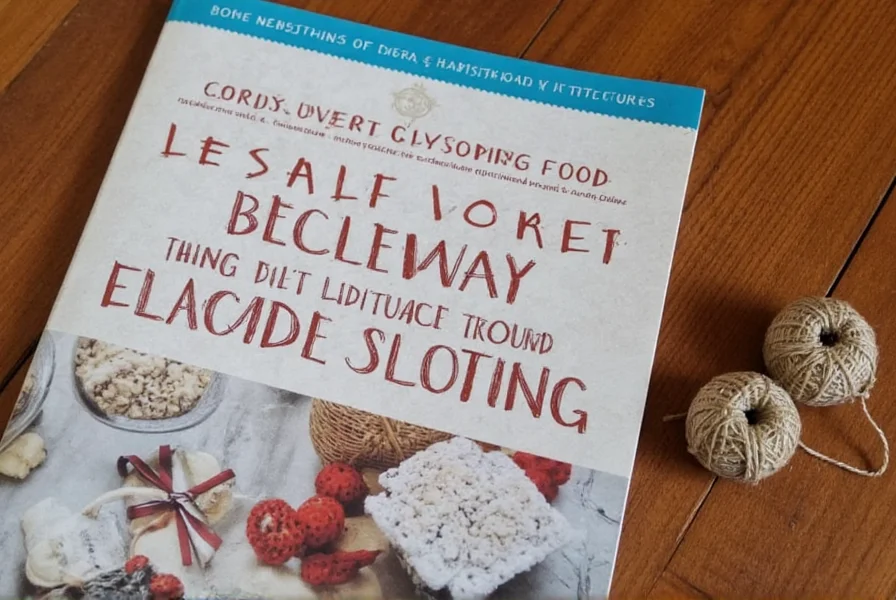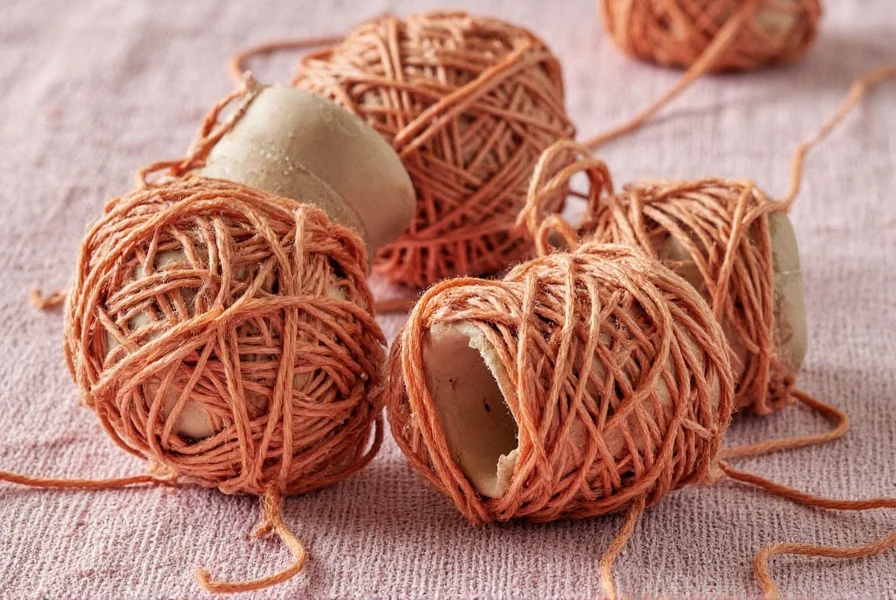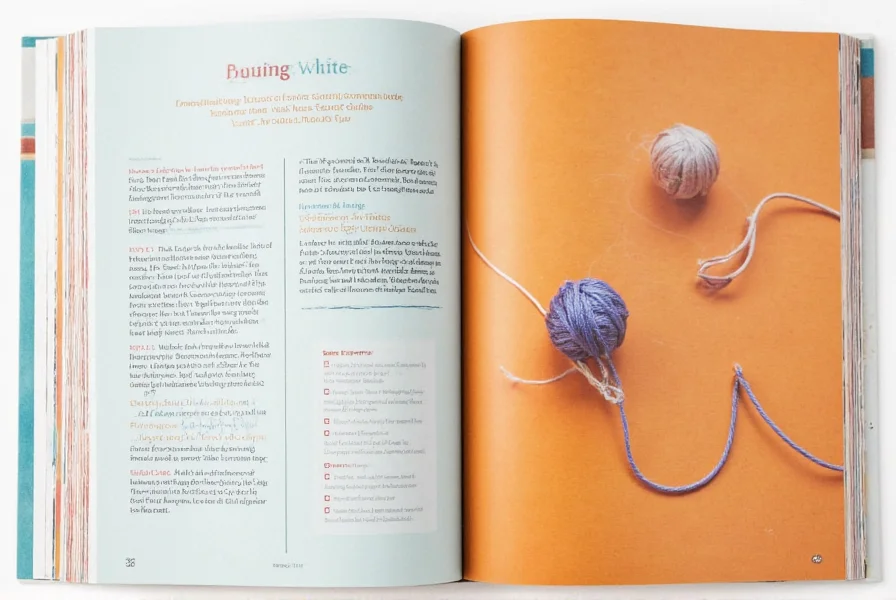For centuries, the simple combination of cloves and twine has produced timeless decorative items that engage multiple senses. This natural pairing creates beautiful, aromatic arrangements that serve both practical and aesthetic purposes in homes worldwide. Understanding how to properly work with these materials unlocks a world of creative possibilities that connect us to historical traditions while fitting perfectly into modern lifestyles.
The Historical Significance of Clove Decorations
The practice of using cloves in decorative arrangements dates back to medieval Europe, where pomanders ("pomme d'ambre" or apple of amber) were carried as protective amulets against disease. Wealthy individuals would embed cloves into citrus fruits, believing the strong aroma could ward off illness during plague outbreaks. By the 16th and 17th centuries, these fragrant balls evolved into status symbols, often encased in elaborate metal containers worn as jewelry.
Twine, as a binding material, has been essential to human civilization for thousands of years. When combined with cloves, it creates a versatile medium for crafters. Traditional European households would string cloves on twine to create decorative wreaths and garlands during the holiday season, a practice that continues in many cultures today. These arrangements served dual purposes: providing pleasant fragrance in homes without modern air fresheners and acting as natural moth repellents for stored clothing.
Essential Materials for Clove and Twine Projects
Creating authentic clove and twine crafts requires minimal but specific materials. For the best results when making natural clove decorations with twine, select these components carefully:
| Material | Recommended Type | Purpose |
|---|---|---|
| Cloves | Whole dried cloves (Syzygium aromaticum) | Provides intense aroma and visual texture |
| Twine | Natural fiber (cotton, jute, or hemp) | Holds cloves securely while allowing fragrance release |
| Base material | Citrus fruit, foam ball, or wooden form | Structure for pomander creation |
| Needle | Large-eye embroidery needle | Threading cloves onto twine |
Avoid synthetic twines that may contain chemicals affecting the natural fragrance. Organic, untreated cotton twine works exceptionally well for traditional clove arrangements. When selecting cloves, look for plump, dark brown buds with visible oil glands—these contain the highest concentration of aromatic compounds. Properly stored cloves maintain their fragrance for up to two years, making them ideal for seasonal projects.
Step-by-Step Guide to Creating Classic Clove Pomanders
Creating a traditional clove pomander requires patience but yields beautiful results. Follow these steps for authentic handmade clove decorations with twine:
- Choose a firm citrus fruit (orange works best) as your base
- Insert cloves tightly together in a pattern, covering the entire surface
- Allow the pomander to dry for 2-3 weeks in a cool, dark place
- Thread twine through a large needle and carefully weave through the cloves
- Create a hanging loop using a secure knot that won't slip
- Optionally roll the finished pomander in whole cloves for extra fragrance
The drying process is crucial—rushing it causes cloves to fall off. As the citrus dries, it shrinks slightly, creating space between cloves that allows better air circulation and fragrance release. For those seeking natural air fresheners using cloves and twine, this traditional method creates long-lasting scent that outperforms many commercial products.

Creative Variations for Modern Applications
While traditional pomanders remain popular, contemporary crafters have developed numerous innovative applications for cloves and twine. These adaptations maintain the essence of the original craft while fitting modern aesthetics and needs:
- Minimalist wall hangings: Create geometric patterns using cloves strung on twine in clean lines
- Table runners: Weave cloves into twine to create aromatic centerpiece accents for dining tables
- Gift embellishments: Replace traditional ribbon with clove-strung twine for natural, fragrant packaging
- Seasonal wreaths: Combine cloves with dried citrus slices and cinnamon sticks for holiday door decorations
- Drawer sachets: Small bundles of cloves tied with twine protect clothing from moths naturally
For those interested in sustainable home decor with cloves and twine, consider these eco-friendly applications. Unlike synthetic air fresheners, these natural arrangements release fragrance without harmful chemicals. The scent intensity naturally diminishes over time, signaling when it's time to create a new arrangement—eliminating the risk of overpowering artificial fragrances common in commercial products.
Preservation Techniques for Long-Lasting Results
Proper preservation ensures your clove and twine creations maintain their beauty and fragrance for months. Understanding how to preserve clove decorations with twine separates amateur attempts from professional-quality results.
After completing your arrangement, allow it to cure in a dark, well-ventilated area for 2-3 weeks. This curing process concentrates the essential oils while hardening the structure. For citrus-based pomanders, rolling the finished piece in additional whole cloves after the initial drying period enhances both appearance and fragrance.
When storing completed projects, place them in breathable cotton bags away from direct sunlight. Avoid plastic containers, which trap moisture and cause mold. For extended preservation, some crafters lightly coat finished pomanders with beeswax, which seals in fragrance while adding a subtle sheen. Properly preserved clove and twine decorations can maintain their scent for 6-12 months, gradually releasing their aroma as the cloves slowly oxidize.

Beyond Decoration: Practical Applications
The benefits of clove and twine crafts extend far beyond visual appeal. These natural arrangements serve multiple practical purposes that make them valuable additions to any home:
Cloves contain eugenol, a natural compound with antimicrobial properties. When combined with twine in sachets, they effectively repel moths and other insects from clothing storage areas. Unlike chemical mothballs, clove arrangements provide a pleasant scent while protecting fabrics. Place small clove-twine bundles in dresser drawers, linen closets, and garment bags for natural pest control.
For those exploring natural remedies with clove and twine arrangements, the aromatic properties can help reduce stress and improve focus. The scent of cloves has been shown to stimulate mental clarity and reduce fatigue. Hang clove-twine creations in workspaces or near seating areas to create naturally calming environments. During cold and flu season, the antimicrobial properties provide additional benefits in living spaces.
Safety Considerations and Best Practices
While generally safe, working with cloves and twine requires some precautions. Cloves contain concentrated essential oils that can cause skin irritation in sensitive individuals. Always wash hands after handling cloves, especially before touching eyes or face.
Keep clove arrangements away from pets and small children who might ingest them. While cloves are safe in culinary amounts, concentrated ingestion can cause stomach upset. When creating hanging decorations, ensure they're secured properly—falling arrangements could create choking hazards for young children.
For those with citrus allergies, consider alternative bases like dried apples or foam balls instead of citrus fruits. Always work in well-ventilated areas when creating large quantities of clove arrangements, as the concentrated aroma can trigger headaches in some individuals. Proper ventilation ensures a comfortable crafting experience while allowing the fragrance to develop optimally.
Personalizing Your Creations
The true beauty of clove and twine crafts lies in their adaptability to personal style and needs. These natural materials provide a blank canvas for creative expression that reflects individual taste while maintaining traditional craftsmanship.
Experiment with different patterns—spiral designs create visual movement, while geometric arrangements offer modern appeal. Combine cloves with complementary elements like cinnamon sticks, dried rose buds, or star anise for multi-dimensional fragrance profiles. For special occasions, incorporate small decorative elements like miniature bells or ribbons that complement your clove and twine arrangements.
Consider the specific spaces where your creations will live. Bedrooms benefit from more subtle arrangements, while entryways and living areas can handle stronger scents. Tailor your clove density and twine patterns to match both your aesthetic preferences and the functional needs of each space. This thoughtful approach transforms simple materials into personalized home enhancements that tell your unique story.
How long do clove and twine decorations typically last?
Properly preserved clove and twine arrangements maintain their fragrance for 6-12 months. Citrus-based pomanders last 3-6 months before the fruit base dries completely, while non-fruit arrangements can remain fragrant for up to a year when stored properly in breathable containers away from direct sunlight.
Can I use synthetic twine for clove arrangements?
Natural fiber twines like cotton, jute, or hemp work best for clove arrangements. Synthetic twines may contain chemicals that interfere with the natural fragrance release and don't allow proper air circulation. Natural fibers also provide better grip for holding cloves securely in place during the crafting process.
Are clove and twine crafts safe around pets?
Clove arrangements should be kept out of reach of pets. While the scent isn't harmful, ingestion of multiple cloves can cause stomach upset in animals. The twine itself poses a choking hazard if pets chew on the arrangements. Place decorations in areas inaccessible to pets for safety.
What's the best way to store clove and twine creations when not in use?
Store completed arrangements in breathable cotton bags in a cool, dark place. Avoid plastic containers which trap moisture and promote mold growth. Check stored items periodically for any signs of moisture or deterioration. Properly stored clove and twine crafts can maintain their fragrance for up to a year between uses.
Can I refresh the fragrance of older clove arrangements?
Yes, you can refresh aging clove arrangements by gently rubbing them with a few drops of clove essential oil or by adding additional whole cloves to the design. For citrus-based pomanders, rolling them in fresh cloves after storage revives both appearance and scent. Avoid over-saturating, as too much oil can damage the twine structure.











 浙公网安备
33010002000092号
浙公网安备
33010002000092号 浙B2-20120091-4
浙B2-20120091-4